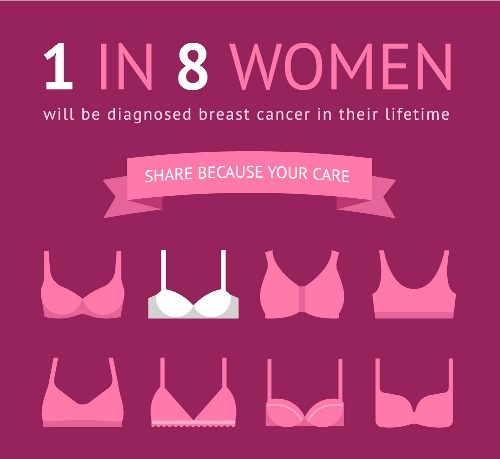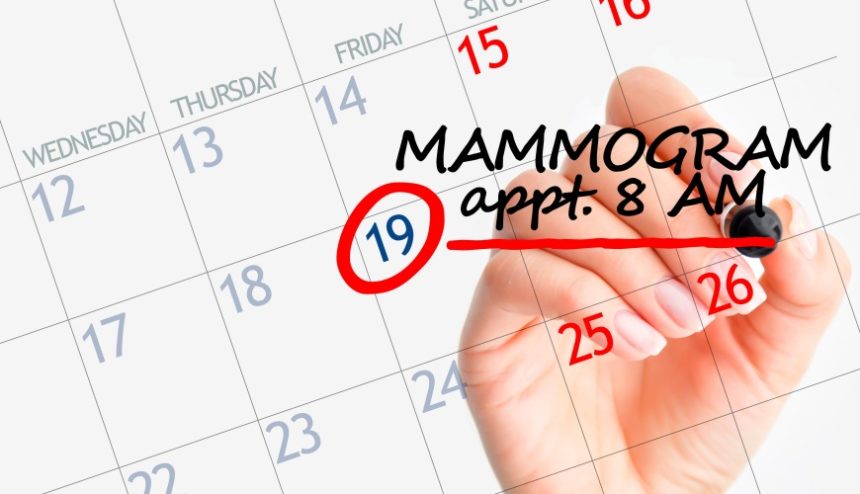Your annual mammogram is coming up, and you aren’t looking forward to it, but you schedule it anyway. When you arrive for your appointment, the friendly woman who greets you in the reception area shows you to a room. You disrobe from the waist up and wrap the fresh gown around you. While expertly adjusting the equipment to your height and size, the technician answers any questions you have about the process. Before you know it, it’s over—and it could save your life. A screening mammogram can identify an abnormal breast mass as early as two years before it can be detected by clinical or self-examinations!
When to Begin Annual Screening Mammograms
It’s recommended that women begin annual mammograms at age 40, depending on their specific health history and potential risk factors. For those at greater risk due to having a family history of breast cancer or precancerous lesions—your doctor could recommend starting earlier. Learn to self-check between appointments so you can be aware of changes in your breasts and discuss any concerns with your doctor.
Two Reasons for Mammography
- Screening mammography—detects changes where there are no previous signs, symptoms, or abnormalities
- Diagnostic mammography—looks for changes in the breast such as lumps, pain, appearance, or nipple thickening/discharge. It also investigates findings on a first mammogram that need additional review.

It’s not like your mother’s first mammogram.
Higher diagnostics to detect early breast cancer have changed the way mammograms are performed. Wide-angle 3D imaging allows higher accuracy compared to previous 2D images. While the images are in black and white, a 3D mammogram combines several different views of the breast, including 2D images, to make a three-dimensional picture. Being able to capture clearer images also means fewer retakes.
Ultrasound and MRI
If further examination is required, a doctor may order an ultrasound or an MRI. These exams help reveal unclear areas in a mammogram, screen women at higher risk, and determine further details of recently diagnosed breast cancer. When compared to ultrasound, an MRI is the most sensitive in revealing breast cancer. However, not everyone can have an MRI, due to having a pacemaker or for other reasons. Ultrasound is a screening tool for women with dense breast tissue, those who can’t have an MRI, or women who are pregnant or shouldn’t be exposed to x-rays.
It’s important to know that men can also get breast cancer. Their risk increases with age and most men are diagnosed in their sixties. Doctors may order diagnostic breast exams for men to identify or rule out any concerns.
While October is breast cancer awareness month, breast health awareness lasts all year. Methods for early detection of breast cancer include clinical examinations, self-examinations, and screening mammograms.
Whether you’re a woman or a man, if you have changes in your breasts that are concerning, don’t wait to discuss them with your doctor. Please call. Studies have shown that, when detected early, the chance for successful treatment of breast cancer is nearly 100%.
Call 320.634.2273 today to schedule your mammogram! Do it for you. Do it for life.


